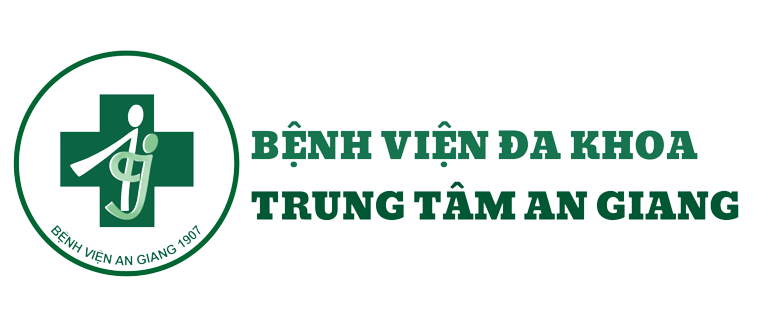N Engl J Med. 2005 Sep 1;353(9):877-89.
Wills BA, Nguyen MD, Ha TL, Dong TH, Tran TN, Le TT, Tran VD, Nguyen TH,Nguyen VC, Stepniewska K, White NJ, Farrar JJ. Oxford University Clinical Research Unit, Hospital for Tropical Diseases, Ho Chi Minh City, Vietnam. bridgetw@hcm.vnn.vn
BACKGROUND: Dengue shock syndrome is characterized by severe vascular leakage and disordered hemostasis and progresses to death in 1 to 5 percent of cases. Although volume replacement is recognized as the critical therapeutic intervention, World Health Organization management guidelines remain empirical rather than evidence-based.
METHODS: We performed a double-blind, randomized comparison of three fluids for initial resuscitation of Vietnamese children with dengue shock syndrome. We randomly assigned 383 children with moderately severe shock to receive Ringer’s lactate, 6 percent dextran 70 (a colloid), or 6 percent hydroxyethyl starch (a colloid) and 129 children with severe shock to receive one of the colloids. The primary outcome measure was requirement for rescue colloid at any time after administration of the study fluid.
RESULTS: Only one patient died (<0.2 percent mortality). The primary outcome measure–requirement for rescue colloid–was similar for the different fluids in the two severity groups. The relative risk of requirement for rescue colloid was 1.08 (95 percent confidence interval, 0.78 to 1.47; P=0.65) among children with moderate shock who received Ringer’s lactate as compared with either of the colloid solutions, 1.13 (95 percent confidence interval, 0.74 to 1.74; P=0.59) among children who received dextran as compared with starch in the group with severe shock, and 0.88 (95 percent confidence interval, 0.66 to 1.17; P=0.38) among children who received dextran as compared with starch in the combined analysis. Although treatment with Ringer’s lactate resulted in less rapid improvement in the hematocrit and a marginally longer time to initial recovery than did treatment with either of the colloid solutions, there were no differences in all other measures of treatment response. Only minor differences in efficacy were detected between the two colloids, but significantly more recipients of dextran than of starch had adverse reactions. Bleeding manifestations, coagulation derangements, and severity of fluid overload were similar for all fluid-treatment groups.
CONCLUSIONS: Initial resuscitation with Ringer’s lactate is indicated for children with moderately severe dengue shock syndrome. Dextran 70 and 6 percent hydroxyethyl starch perform similarly in children with severe shock, but given the adverse reactions associated with the use of dextran, starch may be preferable for this group. Copyright 2005 Massachusetts Medical Society.





